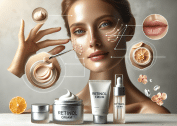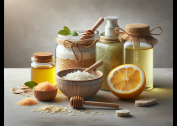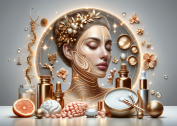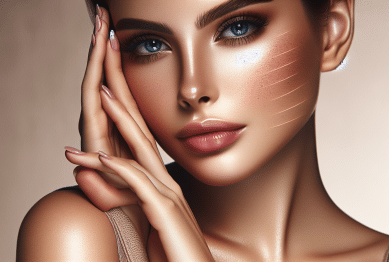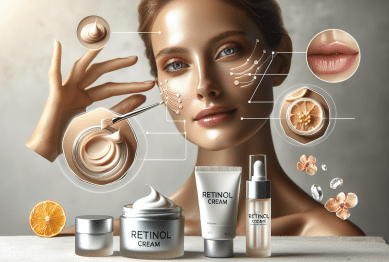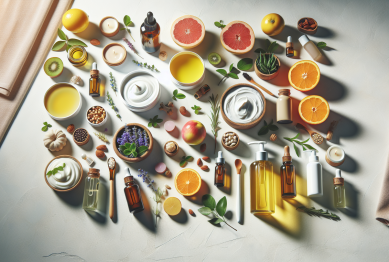The relationship between creativity and mental health is gaining attention, especially as modern life brings stress, isolation, and cognitive overload. From traditional art therapy to AI-enhanced creative platforms, emerging research shows that creative expression isn’t just leisure—it’s vital to psychological resilience and recovery.
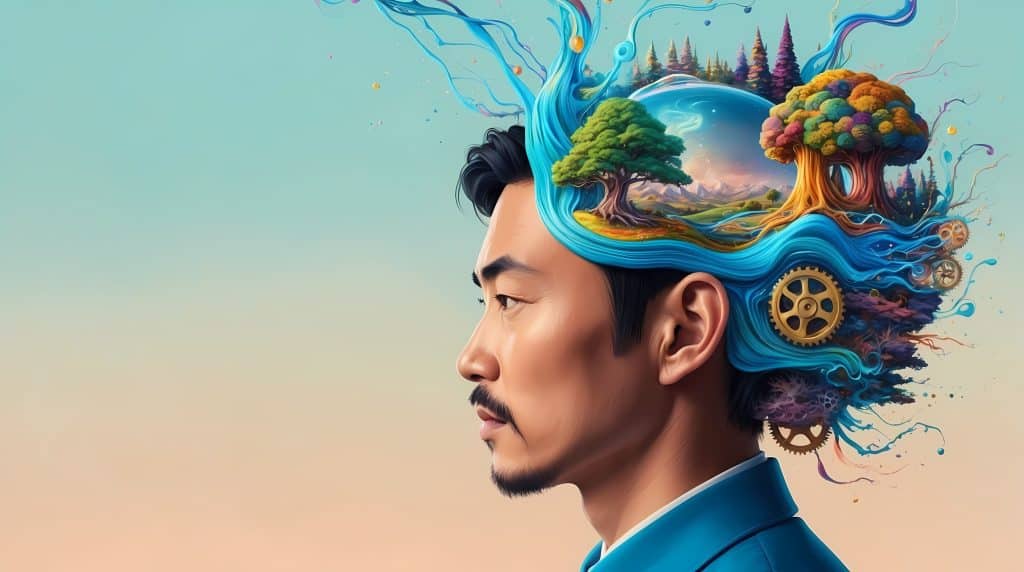
Why creativity and mental health Expressing Yourself Boosts Mental Well-Being
Creativity provides a path to emotional insight and stress relief. A comprehensive review found that engaging in creative activities improves positive emotions, reduces depressive symptoms, and even bolsters immune function. Activities like painting, writing, or music help people process emotions nonverbally and regain control—a critical factor in mental recovery .
Art Therapy: Proven Tools for the Mind
Traditional Modalities
Clinical studies show that art therapy eases anxiety and depression, helping individuals elaborate and regulate narratives tied to trauma . For example, weekly group art sessions led to measurable depression reduction in cancer patients.
Expressive Arts
Broad creative therapies—including music, dance, theater, and writing—demonstrate similar outcomes. Music supports emotional processing and cognitive health in conditions like dementia , while writing therapy has measurable physiological benefits, such as improved immune markers, in clinical settings.
Creativity and Mental Health: Digital & AI-Driven Innovations
Emerging technologies are silently reshaping creative therapy.
- Digital Art Therapy Apps: A University of Cincinnati study designed an app to improve mood among young brain-cancer survivors, emphasizing accessibility and therapeutic impact .
- Remote Creative Care: Psychologists in Scotland found online art sessions, including digital art tools, created meaningful outcomes for those with limited access.
- AI-Augmented Therapy: Tools that combine AI prompts with traditional material help therapists and clients collaborate more intuitively .
- VR Art Therapy: Pilot studies using VR “breakout” creative environments report stress reduction in students.
- Human-AI Collaborative Models: Emerging research shows AI co-designed art may enhance personalization and emotional engagement in therapy .
These innovations indicate how creativity and mental health strategies are evolving through technology.
Broader Benefits: Community, Resilience, Purpose
Building Connection
Creativity fosters community—through group art, shared workshops, or cultural activities like music and live performances. Events in Scotland and UK show arts participation significantly reduces stress and social isolation.
Boosting Resilience
Engaging in creative tasks builds confidence, emotional regulation, and adaptability. Nearly two-thirds of participants in an Adobe-NAMI survey reported improved confidence and reduced anxiety after creative activity.
Encouraging Positive Mindsets
Positive emotions broaden thinking and resource-building, as per the “broaden-and-build” theory. Creativity ignites interest and joy—key drivers of long-term mental wellness and adaptability.
Practical Guide: Harnessing Creativity for Mental Health
Whether you’re seeking personal relief or supporting others, here’s how:
- Start Small and Enjoyable
Aim for 10–20 minutes of drawing, journaling, cooking, or music daily. - Explore Expressive Arts
Try writing therapy, coloring, dancing, or journaling—no artistic skill needed . - Go Digital Mindfully
Try apps for digital painting or VR sessions like Break Times to integrate creativity into wellness. - Combine AI Tools
Use AI art prompts or IDE tools to overcome creative blocks and discover new expression. - Join Group Sessions
Attend classes, community art clubs, or online workshops to build connection and emotional resilience. - Reflect on the Process
Keep a creative journal to track emotional states and insights gained from your work.
Designing creativity and mental health for Wellness
- Safe and inspiring environments: Allocate areas dedicated to art creation or expressive movement.
- Materials variety: Include non-toxic paints, musical tools, journal space, and digital tablets.
- Scheduled creativity breaks: Regularly use creativity as a restorative practice, interwoven with daily tasks.
- Digital hygiene: Blend tech-based sessions with offline creativity—avoid mindless screen time.
Final Thoughts
Evidence underscores a powerful theme: creativity and mental health are deeply connected. Whether through traditional art therapy, group performances, digital apps, or VR experiences, creative engagement provides emotional processing, cognitive balance, and resilience. In a world increasingly disconnected, creativity offers connection, meaning, and well-being.
Consider how you might incorporate a creative practice—daily sketching, writing for wellness, joining a virtual creative group, or exploring AI art tools. By nurturing creativity, you’re nurturing your mind.
References
- Stuckey, H. L. & Nobel, J. (2010) – The Connection Between Art, Healing, and Public Health: A Review of Current Literature, American Journal of Public Health, 100(2), pp. 254–263. In-text citation: (Stuckey and Nobel 2010) Full article via PubMed Central (PMC
- Kaimal, G., Ray, K., & Muniz, J. (2016) – Reduction of Cortisol Levels and Participants’ Responses Following Art Making, Art Therapy: Journal of the American Art Therapy Association, 33(2), pp. 74–80. In-text citation: Kaimal, Ray, and Muniz 2016) PDF via ResearchGate
- Fredrickson, B. L. (2001) – The Role of Positive Emotions in Positive Psychology: The Broaden-and-Build Theory of Positive Emotions, American Psychologist, 56(3), pp. 218–226.
In-text citation: (Fredrickson 2001) PDF via UNC PEP Lab



